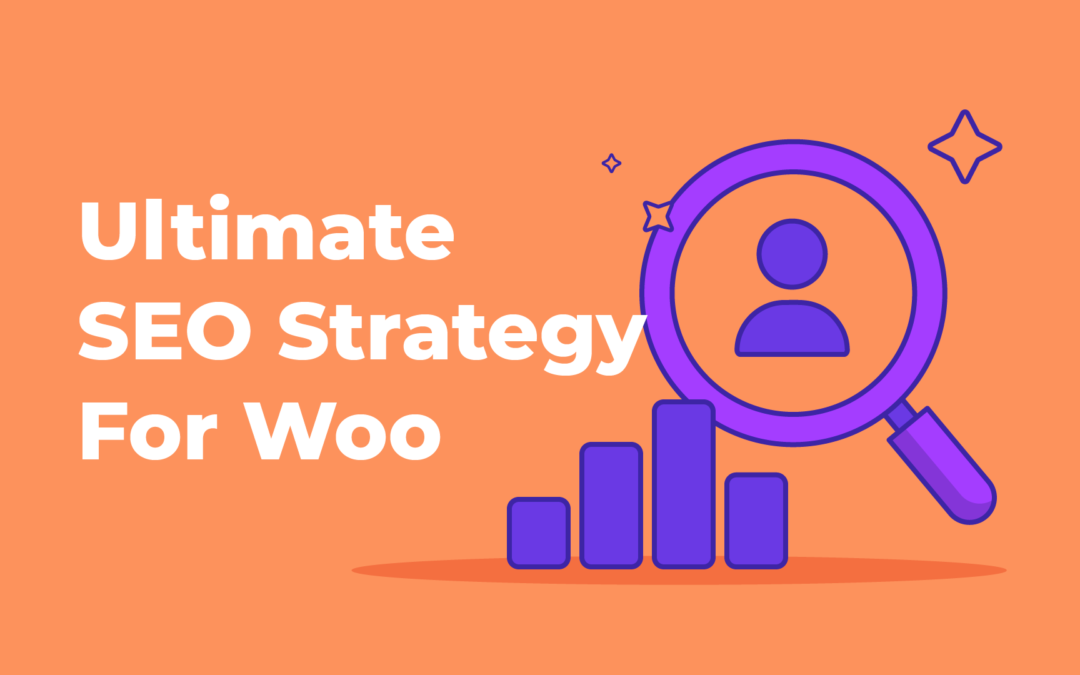In today’s digital marketplace, setting up a WooCommerce store is just the beginning. The real challenge lies in drawing customers to your virtual doorstep. As an experienced eCommerce store owner and marketing specialist, I’ve seen firsthand the power of a well-crafted SEO strategy in propelling online stores to the top of search engine rankings. But who exactly are we trying to reach? Finding out who your target demographic is very important. Otherwise it’s like throwing a dart in a dark room hoping to hit a bullseye. There are many ways to find out who that is and guess what?! You can even use AI to help suss that information out, but I digress, we will probably be doing more AI how to’s in the future so make sure to subscribe to our email list here or bookmark the site and come back weekly!
Understanding the Modern Consumer
This demographic spends considerable time online, not just browsing but actively engaging with content that mirrors their interests—from technology and wellness to eco-friendly products and luxury goods. Their buying tendencies are marked by a preference for quality and brand reputation over price, an inclination toward thorough research before purchasing, and a loyalty to brands that consistently deliver value and align with their personal ethos.
Where do these discerning consumers spend their social media time? Platforms like LinkedIn, Instagram, Facebook, Twitter, and YouTube each serve a unique purpose in their daily digital diet. LinkedIn satisfies their professional curiosity, Instagram feeds their aesthetic and aspirational desires, Facebook connects them with communities, Twitter keeps them informed and engaged in real-time conversations, and YouTube is their go-to for deep dives into topics of interest.
Crafting an SEO Strategy That Resonates
With this understanding, let’s delve into how to craft an SEO strategy that not only reaches but resonates with this audience, driving traffic to your WooCommerce store and converting visits into sales.
1. Keyword Research and Optimization
Start by getting into the minds of your consumers. What are they searching for? Use tools like Google Keyword Planner, Ahrefs or SEMrush to identify relevant keywords. These keywords should then be seamlessly integrated into product titles, descriptions, and meta tags, ensuring your products show up exactly when your target audience needs them.
2. Optimize Product Images
In a world dominated by visual content, your product images are your first impression. Optimize these images for fast loading without compromising on quality, and ensure each image’s file name and alt tags are descriptive and keyword-rich. This not only aids in image search rankings but also enhances accessibility.
3. SEO-Friendly URLs
Your URLs should be as clean and descriptive as the aisle signs in a supermarket. Enable readable permalinks in WooCommerce and structure your URLs to include key search terms, making it easier for search engines to crawl and index your site.
4. Site Speed
In the fast-paced digital world, speed is non-negotiable. Optimize your WooCommerce site by compressing images, leveraging caching plugins, and minimizing the use of resource-heavy plugins. Faster loading times improve user experience and boost your search engine rankings.
5. Mobile Optimization
With the majority of internet browsing happening on mobile devices, your WooCommerce store must offer a seamless shopping experience across all devices. Responsive design is not just a best practice—it’s a necessity.
6. Structured Data and Rich Snippets
Utilize Schema markup to provide search engines with detailed information about your products, enabling rich snippets in search results. This can significantly enhance visibility and click-through rates by showcasing prices, availability, and ratings right on the search results page.
7. Strategic Internal Linking
Internal linking is the unsung hero of SEO. It guides visitors through your website, increasing the time they spend on-site and reducing bounce rates. More importantly, it helps search engines discover and index new pages. As an example also checkout this article on how to increase conversions on your WooCommerce website.
8. Quality Content Creation
Beyond products, your site should become a resource hub for your target audience. Regularly publish content that addresses their interests and challenges, from how-to guides and product reviews to industry insights and trends. High-quality, relevant content attracts backlinks and engages visitors, providing more context for search engines and positioning your store as an authority in your niche.
9. Local SEO Optimization
If your WooCommerce store has a physical presence or targets specific geographic areas, local SEO cannot be overlooked. Ensure your business name, address, and phone number are consistent across your site and engage with local directories and Google My Business to improve local search visibility.
10. Monitor and Analyze Performance
Lastly, the cornerstone of any successful SEO strategy is continuous monitoring and analysis. Tools like Google Analytics and Google Search Console provide invaluable insights into how users find and interact with your site. Use this data to refine your strategies, fix any issues, and double down on what works.
Engaging with Social Media
Given our target demographic’s social media habits, your SEO strategy should extend beyond your website. Tailor your social media content to cater to the unique audience of each platform. Share professional insights and industry trends on LinkedIn, visually appealing product showcases on Instagram, community-focused content on Facebook, timely discussions on Twitter, and in-depth tutorials or reviews on YouTube.
Conclusion
In the competitive landscape of e-commerce, understanding your audience and crafting a targeted SEO strategy is paramount. The modern consumer is discerning, well-informed, and engaged across multiple digital platforms. By implementing these targeted SEO strategies and extending your engagement to social media, your WooCommerce store can not only reach but resonate with your ideal customers, driving traffic, improving conversion rates, and building lasting brand loyalty.
Remember, SEO is not a one-time effort but an ongoing strategy that evolves with your audience and the digital landscape. Stay attuned to the needs and behaviors of your target demographic, and continually refine your approach to stay ahead in the game.


Recent Comments